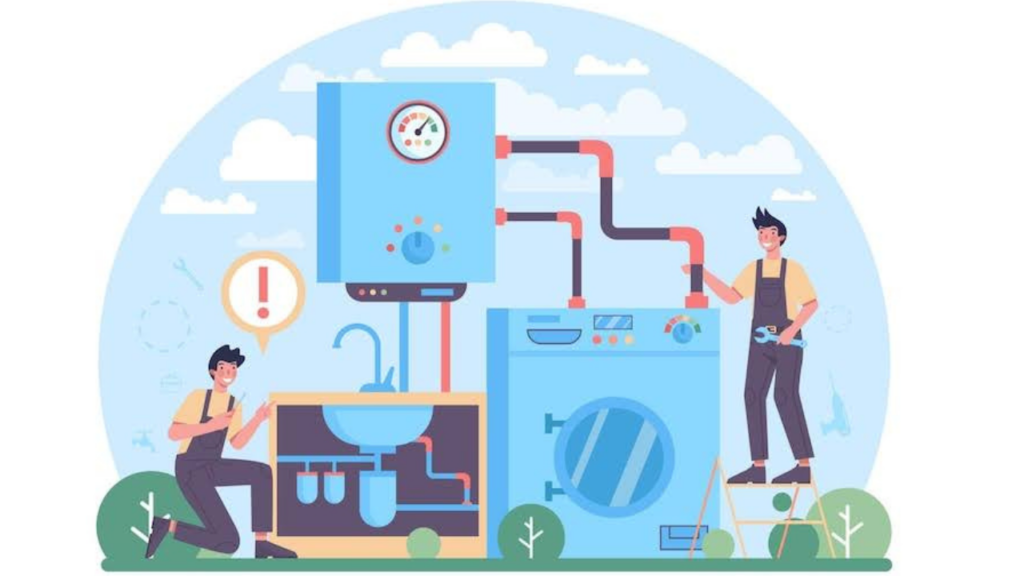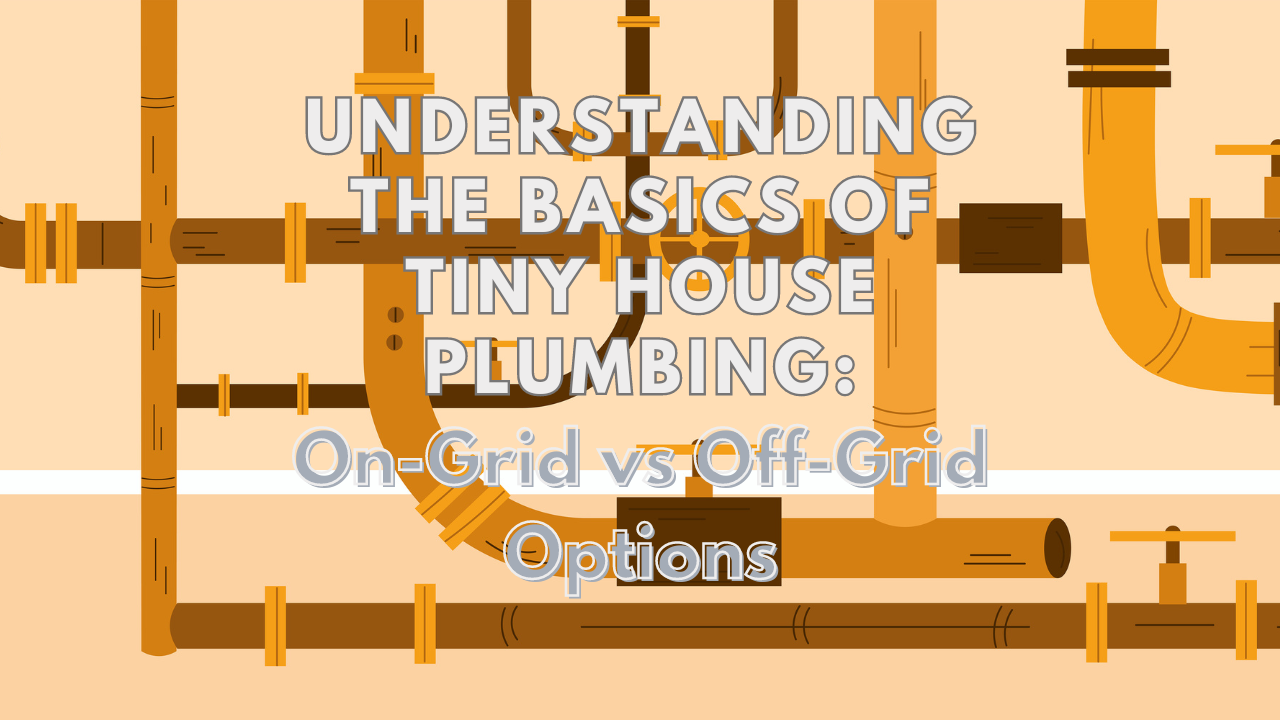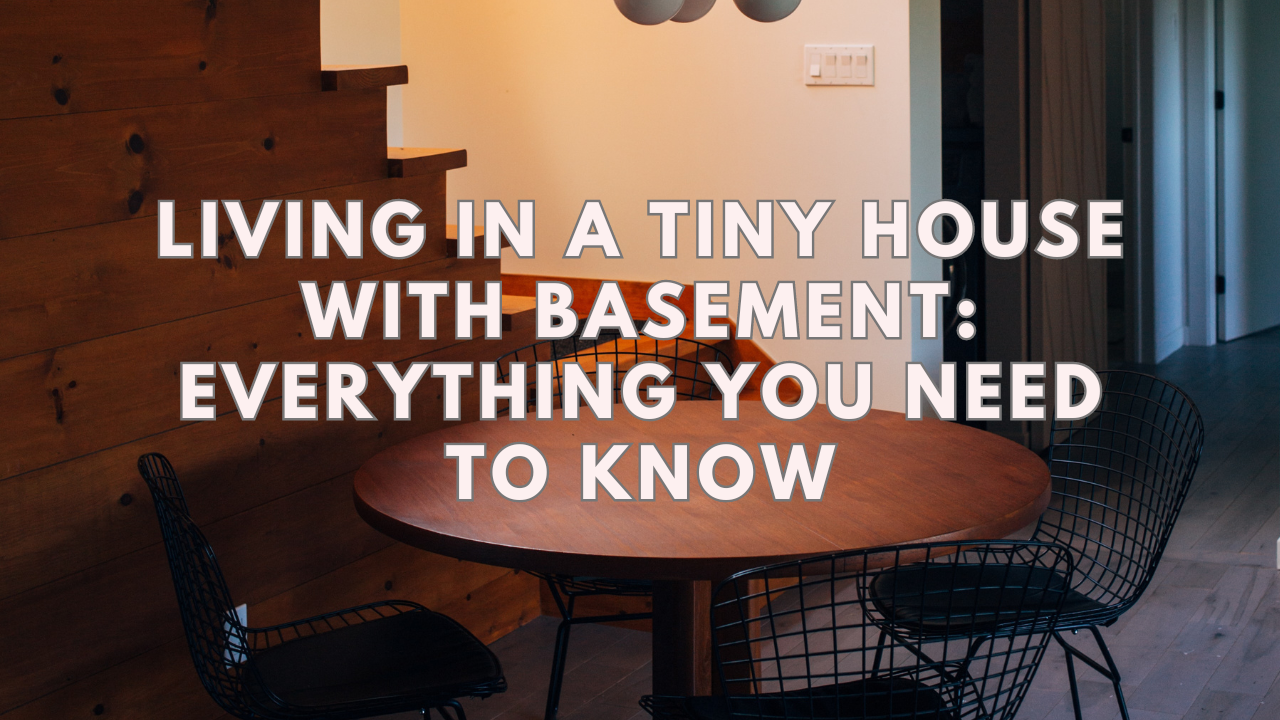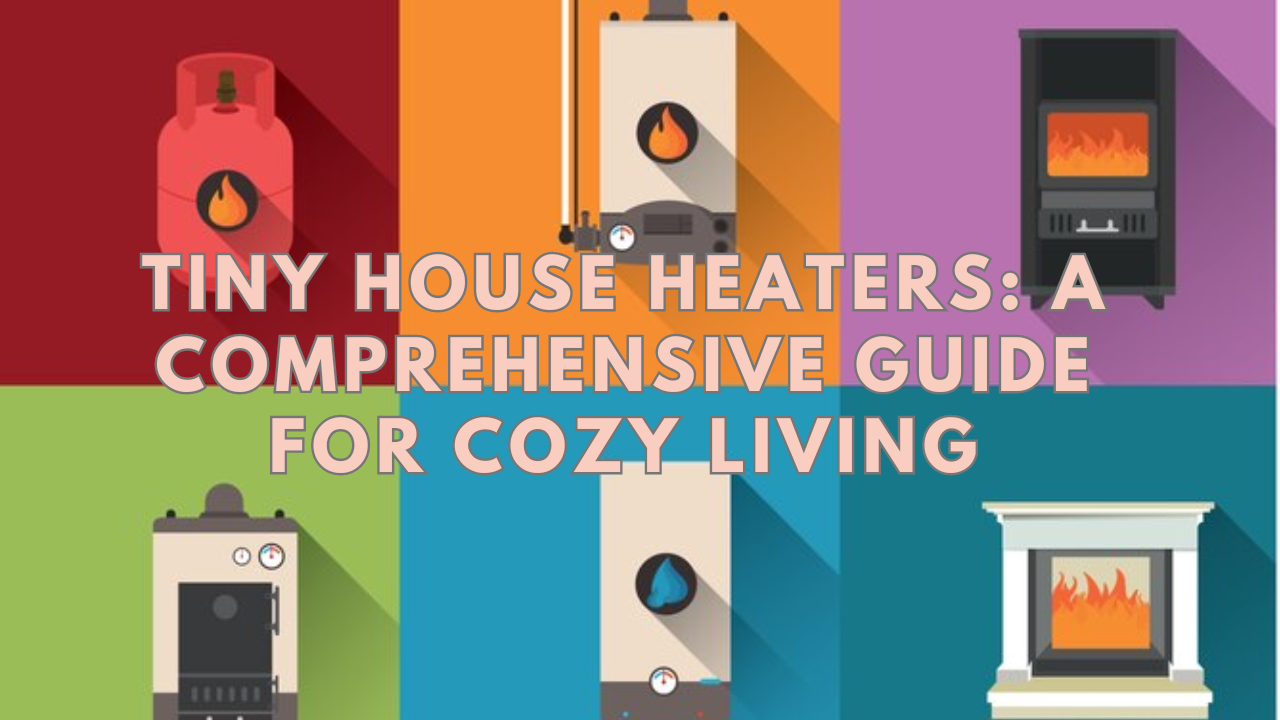Tiny houses have been gaining popularity as more and more people, seeking simplicity and financial liberation, opt for minimalistic living. However, one crucial aspect of tiny house building and design is plumbing.
Understanding the basics of tiny house plumbing is essential for a comfortable and functional living space. Whether you go off-grid or stay connected to municipal services, there are important considerations to think about.
In this article, we will explore the differences between on-grid and off-grid plumbing options for tiny houses, helping you discover the main elements of how plumbing works and also helping you make an informed decision for your unique needs.
How Does Tiny House Plumbing Involve?
Working in tiny house plumbing involves hooking up your tiny home to a water supply and delivering the water to the designated endpoints via hot and cold pipes.
Plumbing systems for tiny houses must handle several water needs, such as drinking, showering, cooking, and sanitation. A consistent supply of clean water is necessary for these operations, both for drinking and personal hygiene. Enough space needs to be available for kitchen equipment, sinks, and showers to support these necessities.
Water System
A tiny water tank that can hold finite amounts of water is a common feature in tiny houses. The water tank is typically situated underground or on the side of the home. Contractors use pipes to link it to the plumbing system.
Management of Waste Water
A little holding tank is frequently seen in tiny residences to collect wastewater from toilets, sinks, and showers. The wastewater should be kept in the tank until it is time to dispose of it. Some compact homes could have a conventional bathroom linked to a black water public sewer or septic tank.
Management of Gray Water
Utilize gray water for things other than disposing of waste, such as shower and sink water. Collect gray water in an additional tank for non-potable uses like irrigation.

Plumbing Diagram for a Tiny House
A tiny home’s plumbing is surprisingly easy. Extending the water’s flow from Point A to Point B is as simple as monitoring the fluid and using the appropriate fittings.
The cold water supply line is then distributed to the kitchen sink, bathroom sink, shower, washer, and water heater after the water is brought inside the tiny house through a water hose from an external source.
Similarly, you will provide the kitchen sink, bathroom sink, shower, and washer with hot water from the water heater for a tiny house.
Plumbing Options for Tiny Houses
On-Grid Plumbing
When you connect your small house to the grid, you use a water hose to draw water from a fixed source, such as an RV spigot or an outdoor faucet.
It is the most common tiny house plumbing choice because it is simple to connect and unplug the tiny home from the water source.
Off-Grid Plumbing
If you want to live off the grid and plan to gather and keep water in a water tank, you can consider tiny house plumbing.
But if you want to store your water, clear space within your little house for the water tank. Additionally, it is more expensive because off-grid requires more parts and upkeep than on-the-grid.
Hybrid System
The features of both off-grid and on-grid options are combined in a hybrid system. Depending on availability, it uses both alternative and municipal water systems. Similarly, use a combination of traditional sewer, composting, or greywater systems to dispose of wastewater.
Making a Plumbing System Plan
To guarantee a well-thought-out and practical setup, when designing a water supply for a tiny home, several important considerations must be made.
Space
Due to the limited space of a tiny home, plumbing fixtures, pipelines, and tanks must be carefully chosen and placed. Space-saving bathrooms and slim-profile sinks are two examples of compact fixtures that maximize space use. Plumbing lines must also be routed carefully to reduce obstacles and increase storage capacity.
Budget
Preparing a water supply for a compact dwelling requires having a realistic budget. Consider the price of the supplies, labor, fittings, and any required permits. Setting a budget-friendly priority list and taking into account economical solutions can assist in guaranteeing that the plumbing system meets your needs.
Regulations
You must become knowledgeable about the plumbing standards and regulations in your area. Adherence to these regulations guarantees safety, effectiveness, and compliance with legal mandates. Ensure your plumbing system complies with all applicable codes and permits by speaking with the relevant municipal authorities or experts.
Water Source
Find out where your water comes from. You can use an on-the-grid plumbing system if you are connected to a municipal water system. When living off the grid, consider alternative water sources like wells, rainwater collection, or freshwater delivery services. The water source’s quality and accessibility will influence the plumbing system’s components and design.
Energy Reduction
When designing your plumbing system, energy consumption should be considered, particularly when heating water. Selecting solar- or tankless-powered water heaters, which are energy-efficient, can lower running expenses and energy usage.
Drain Plumbing for Tiny Houses
If you decide to finish the drain plumbing, wait until the interior construction and the supply rough-in are finished. Before beginning the drain plumbing, ensure all cabinets and internal siding are installed.
Install a Plastic Drain in Your Bathroom and Kitchen Sinks
To avoid the smell of gray water in your compact home, install plastic drain pipes for the kitchen and bathroom sinks. For the drain lines and bathrooms, use the S and P traps. Utilizing plastic pipes connected to kitchen and bathroom sinks, manufacturers create these traps.
Put the Bathroom Shower in Place
The installation must be done according to the manufacturer’s recommendations. Install the shower in the bathroom as a whole. Before setting the shower drain, install the bathroom shower because the shower drain must be attached to the shower drain position.
Put the Shower Drain in Place
You must install a shower drain in your compact house to prevent the bathroom from becoming flooded. Likewise, for the prefabricated shower stall in your home, you will need to purchase a shower drain fitting. PVC parts connected to the bathtub stall drain are frequently seen in the shower drain.
Install the Subfloor to Put the Shower Waste Line
Ensure the subfloor is level and stable before moving on to the remaining installation. Failure to level the subfloor may result in issues with the waste line and shower drain. Seeking advice from a qualified plumber or building specialist is usually a good idea if you have questions about any installation procedure.
Put All of the Drains Together
Once the pipeline installations are done, connect all drain pipes and parts to only one PVC line. Cleaning up your tiny house with a single PVC drain line connects all of the pipes. Use the 1-1/2′′ plastic drain with the 1-1/2′′ PVC drain pipe to divert filthy water away from kitchen and bathroom sinks.
FAQs
How Much Does It Cost To Put Plumbing In A Tiny House?
For a 24′ tiny home, plumbing runs about $1,000. The complexity of your water lines and the kinds of fixtures you use will affect the cost.
Does Installing a Plumbing Vent in a Compact House Make Sense?
No, a plumbing vent for a tiny home is only required when it is connected to the drainage system. You do not need to construct a plumbing vent for your small home because many tiny homeowners use a composting toilet.
What Is the Water Usage of a Tiny House?
Even with the same fundamental requirements as a typical house, a tiny house still consumes less water.
A household with four members will use 341 liters of water a day on average. They are 10,230 liters each month as well. A tiny house water storage tank can last up to a week because it can hold up to 189 liters. Therefore, you should replenish your freshwater tank four to six times a month on average. Ultimately, you do not want to shower, do laundry, or wash your clothes with clean water.
What Kind of Plumbing Does a Tiny House Require?
In terms of plumbing for tiny houses, there are three options: PEX, Copper, and cPVC. When it comes to plumbing a tiny house on wheels, PEX is the most widely used material because of its longevity and ease of installation.
Wrapping Up
Plumbing in tiny houses is not as difficult as it might initially appear. You can design and build a plumbing system that meets your requirements, dreams, and tastes with a little forethought, investigation, and ingenuity.
You have alternatives for bringing water into your tiny home and distributing it to your fixtures and appliances, whether you decide to live off the grid or on it. Furthermore, one relevant way to conserve money, space, and energy is using tankless water heaters, PEX pipes, and PVC drains. An enjoyable do-it-yourself project that can improve your tiny house life is tiny house plumbing.





